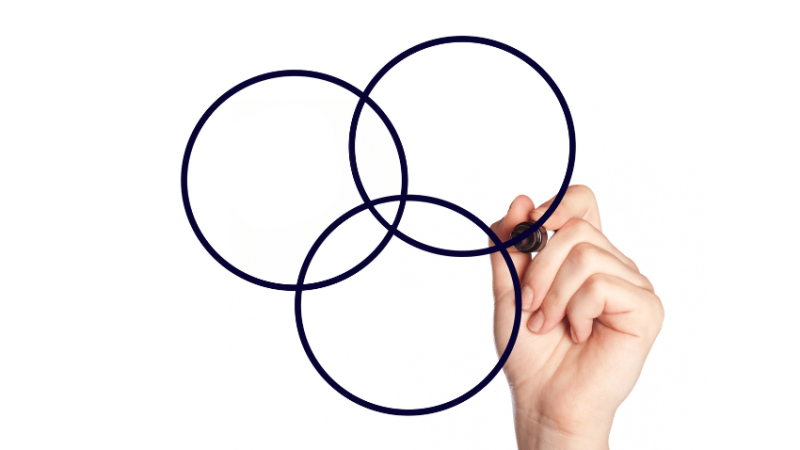Upper and lower bounds – How to prevent confusion

Students often get confused trying to find upper and lower bounds of intervals. This lesson from Colin Foster will help you to avoid this confusion…

- by Colin Foster
- Reader in mathematics education at Loughborough University Visit website

In this lesson, students will learn the difference between the upper and lower bounds of an interval…
Upper and lower bounds problem
I’m thinking of a number. It rounds to 250. What could the number be?
Students could respond to this question on mini whiteboards by writing one possible number. Different students might assume that the number has been rounded to different degrees of accuracy (e.g. to the nearest 1, nearest 5, nearest 10 or nearest 50). This will lead to different answers being correct or incorrect.
The solution
Resolve this confusion by completing this table. To start with, just complete the middle ‘Lower bound’ column. The lower bound is the smallest possible value that my number could be.
| I get 250 when my number is rounded to… | Lower bound | Upper bound |
| …the nearest 1 | ||
| …the nearest 5 | ||
| …the nearest 10 | ||
| …the nearest 50 |
Number lines may help students to see that the lower bounds are 249.5, 247.5, 245 and 225. For example, to see the answer for rounding to the nearest 5, they need a number line that goes up in 5s.

This is more complicated, because the upper bound isn’t the highest possible value my number might be. There isn’t a highest possible value that my number might be.
For example, for rounding to the nearest 5, my number could be anywhere up to 252.5, but it can’t actually be 252.5, because 252.5 would round up to 255.
It’s worth spending time on this point. If students don’t get this then they will always be confused about upper bounds.
They might want the upper bound to be 252.4, but that can’t be right, because 252.41 is larger and would also round down to 250. So would 252.49 and 252.499, and so on.
Trending
There isn’t a largest number that rounds down to 250, and that’s why we can’t find it. The number 252.49̇ , with the 9s running on forever, isn’t the answer either, because this is actually equal to 252.5, which rounds up to 255.
So, we have to define the upper bound of the interval around 250 as the smallest number that doesn’t round down to 250.
That’s why we use an open circle, rather than a coloured-in circle, when we draw the interval on a number line, because the interval goes right up to this number but doesn’t include it.
Correct table
The correct table looks like this:
| I get 250 when my number is rounded to… | Lower bound | Upper bound |
| …the nearest 1 | 249.5 | 250.5 |
| …the nearest 5 | 247.5 | 252.5 |
| …the nearest 10 | 245 | 255 |
| …the nearest 50 | 225 | 275 |
Checking for understanding
Choose 6 numbers that are all multiples of 50. For each of your numbers, make a table like the one we’ve used, showing the lower and upper bounds if your number was the result of rounding to the nearest 1, 5, 10 and 50.
Colin Foster is a Reader in Mathematics Education in the Department of Mathematics Education at Loughborough University. He has written many books and articles for mathematics teachers. Visit her website at foster77.co.uk










